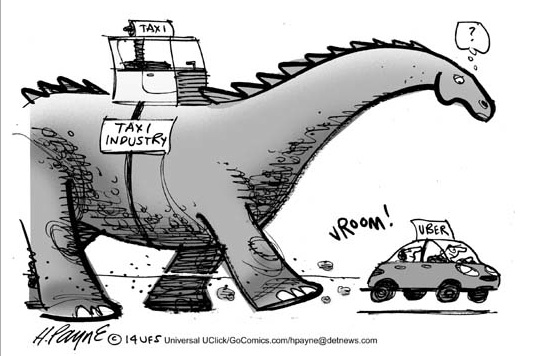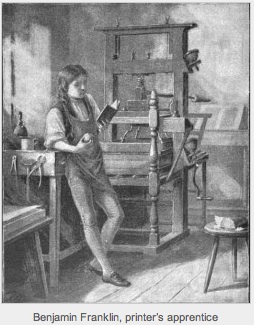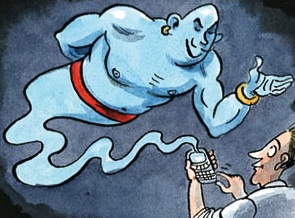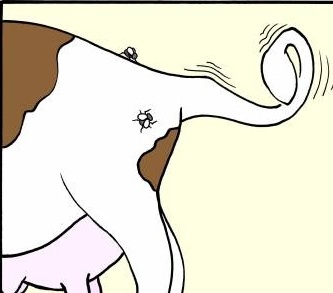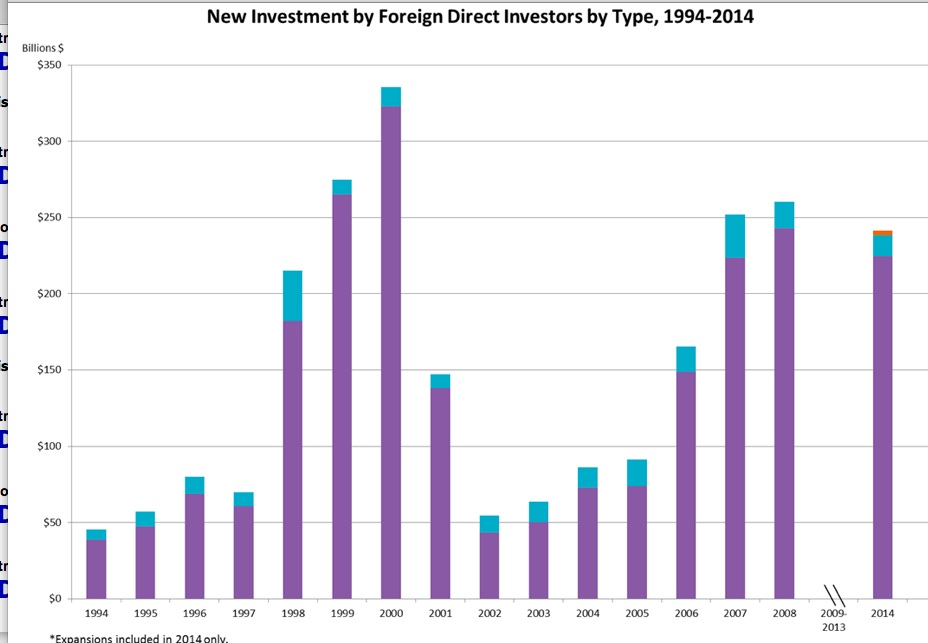A growing number of companies are making money by delivering services to customers at just the tap of a smartphone screen.
Tthreats the on-demand economy faces in 2016:
Class-action lawsuits:
Uber and other on-demand companies have faced criticism for building a workforce of independent contractors, who don’t get the benefits and protections afforded to many employees. Now those companies are being sued over those labor practices.
The US Labor Department is expected to become more involved in issues over on-demand economy workers, with officials planning to visit Silicon Valley next year for talks.
Federal guidelines:
The first federal regulator to weigh in on the on-demand economy is likely to be the Federal Trade Commission.
The agency is expected to issue a report touching on the consumer protection and competition questions raised by the rise of on-demand services. Because labor issues are outside of the agency’s purview, they are not expected to address the contractor-versus-employee battle.
But it also seems unlikely that their guidelines will be particularly harsh.
Campaign trail scrutiny:
The companies — particularly those like Uber that have become household names — risk becoming political footballs in the 2016 presidential election.
Earlier this year, it seemed as if every presidential candidate wanted to show their support for the innovation symbolized by Uber and others.
On-demand economy firms could be in the spotlight in a presidential election where income inequality is a hot topic.
State and global regulations:
The most aggressive challenges to on-demand businesses have always come from state and municipal regulators tasked with overseeing the industries, like transportation and lodging, that the platforms claim to disrupt.
Those battles are likely to continue in the next year, as the companies look to expand into new markets.

